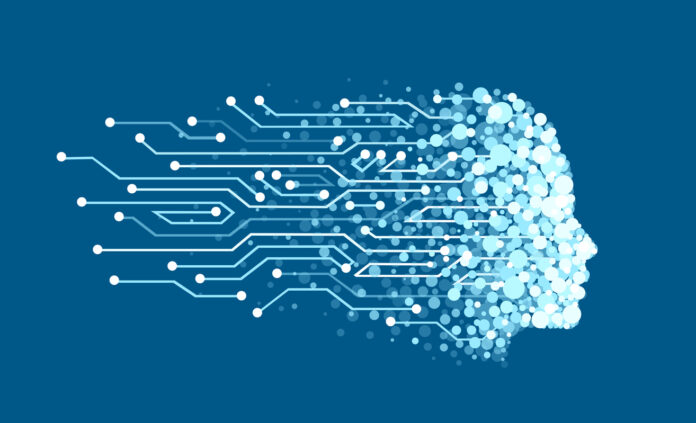The pandemic has altered the world and the way of life in so many ways. These are the times when CIOs are rethinking technology and leveraging it for the company’s benefit.
One of the important aspects they focus on is consumer satisfaction and delivery. As a result, many are thinking about the self-driving enterprise.
Even though many capabilities are required for the transition three fundamental trends should be considered before transitioning.
The first trend is the data gravity megatrend, which is accelerating to a distributed data-centric architecture and moving data processing to the edge. In these times of digital interactions, enterprises are generating more data.
These data are produced by latency-sensitive systems that are outside data centres or even outside the public cloud. By 2025, more than 50% of enterprise-managed data will be produced outside the data centre or public cloud.
The recent advances in analytics and machine learning-enabled enterprises will embed workflow intelligence into their digital solutions.
That will make the movement of data increasingly difficult. This will invert the data traffic flow and increase data processing and storage at the edge.
For all this to happen, data-centric infrastructure has to be modernized. A hybrid IT infrastructure strategy will extend the cloud towards connected data exchanges.
It will also be close to the point of presence, while also leveraging a consistent operating model to ease the transition.
The second trend is fast data, machine learning and AI. The development in these fields will help support the shift towards smart hyper-automation with Artificial Intelligence for IT Operations (AIOps).
With the business operations moving towards the edge, more value can be extracted in real-time from raw streaming data, thus turning it into actionable insights.
Those organizations that are willing to redesign their workflows can apply these technologies to automate processes and augment humans.
It is applicable in customer engagement, delivery, IT operations, finance, human resources, legal and compliance.
The third trend is everything-as-code. This helps to enable self-driving continuous compliance. With this approach, organizations can extend the application development approach to all aspects of technological operations.
This can be done by defining and codifying infrastructure, application services management and software delivery pipelines.
For example, the software supply chains can be protected from cyberattacks by making them more secure with automated verification, packaging and built-in attestation.
The hybrid cloud ecosystem conversation is a fresh field full of opportunities. Enterprises are looking to extend their tech environment towards the edge, through a data-centric architecture approach.
The emergence of open-source technologies and standards enabling intelligent, hyper-automation through a managed approach and continuous compliance, can help CIOs to deploy technology anywhere in a standardized manner.
Follow and connect with us on Facebook, LinkedIn & Twitter

